WEEK 1
REVISITING RESEARCH LOG
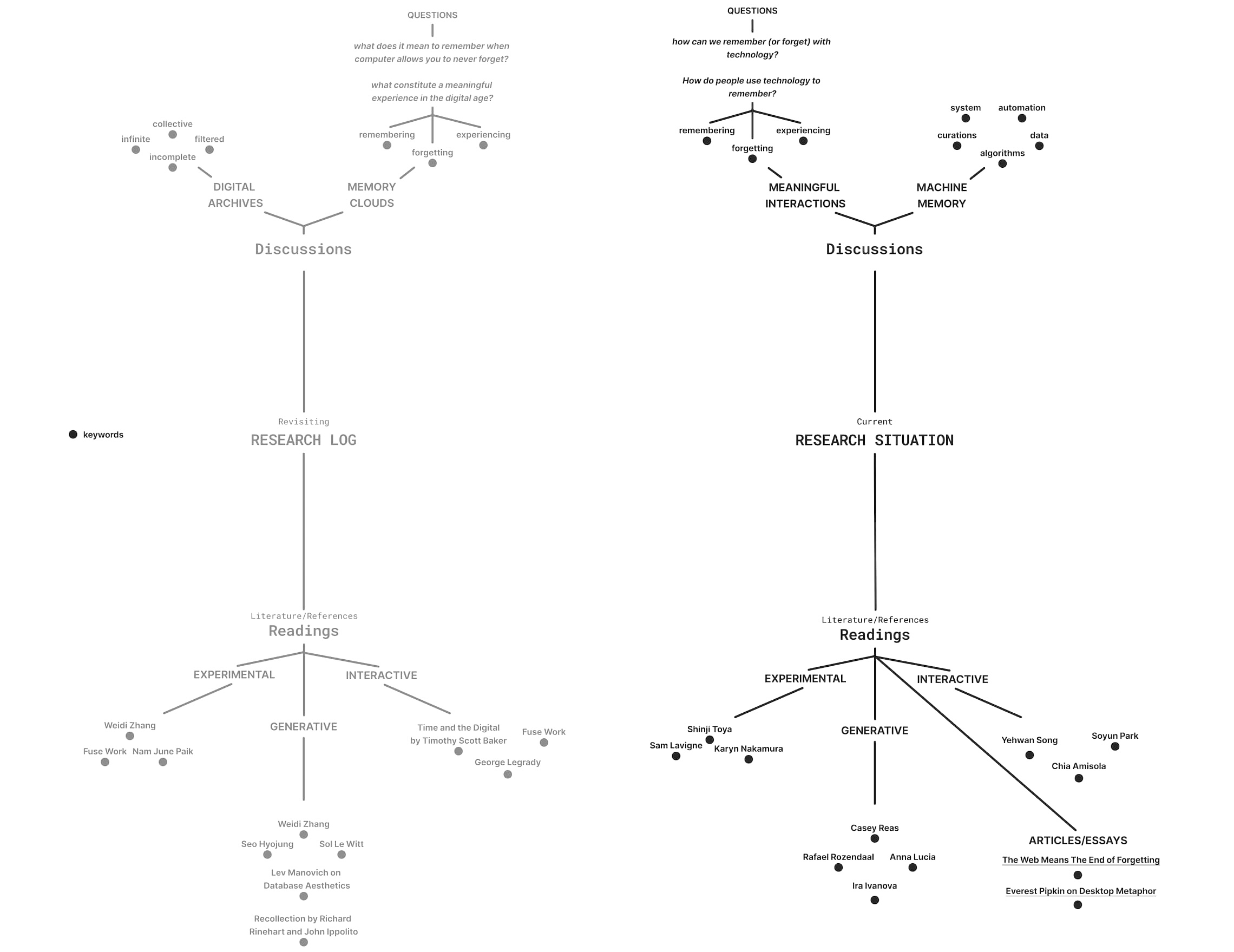
Mind Map Research Log vs Current Research Situation
Recalling Memory
Questions I had to ask myself: What am I interested in? What is memory? Why am I even interested in the topic of memory? A week before school started, I looked back at my research log, literature, presentation, and practices I have done. Oftentimes, I always forget about my interests, and it's a good reminder to take a step back for a moment.What defines memory? I spent some time reflecting on what memory is and isn't.
I always had trouble articulating ideas. Writing them down in keywords often helped me to connect my thoughts. I was interested in how the idea of memory has shifted within the digital age, focusing on the role of the database and its relationship with the digital archives. However, after spending some weeks researching and finding more references, I felt like my direction had shifted away from the research log.
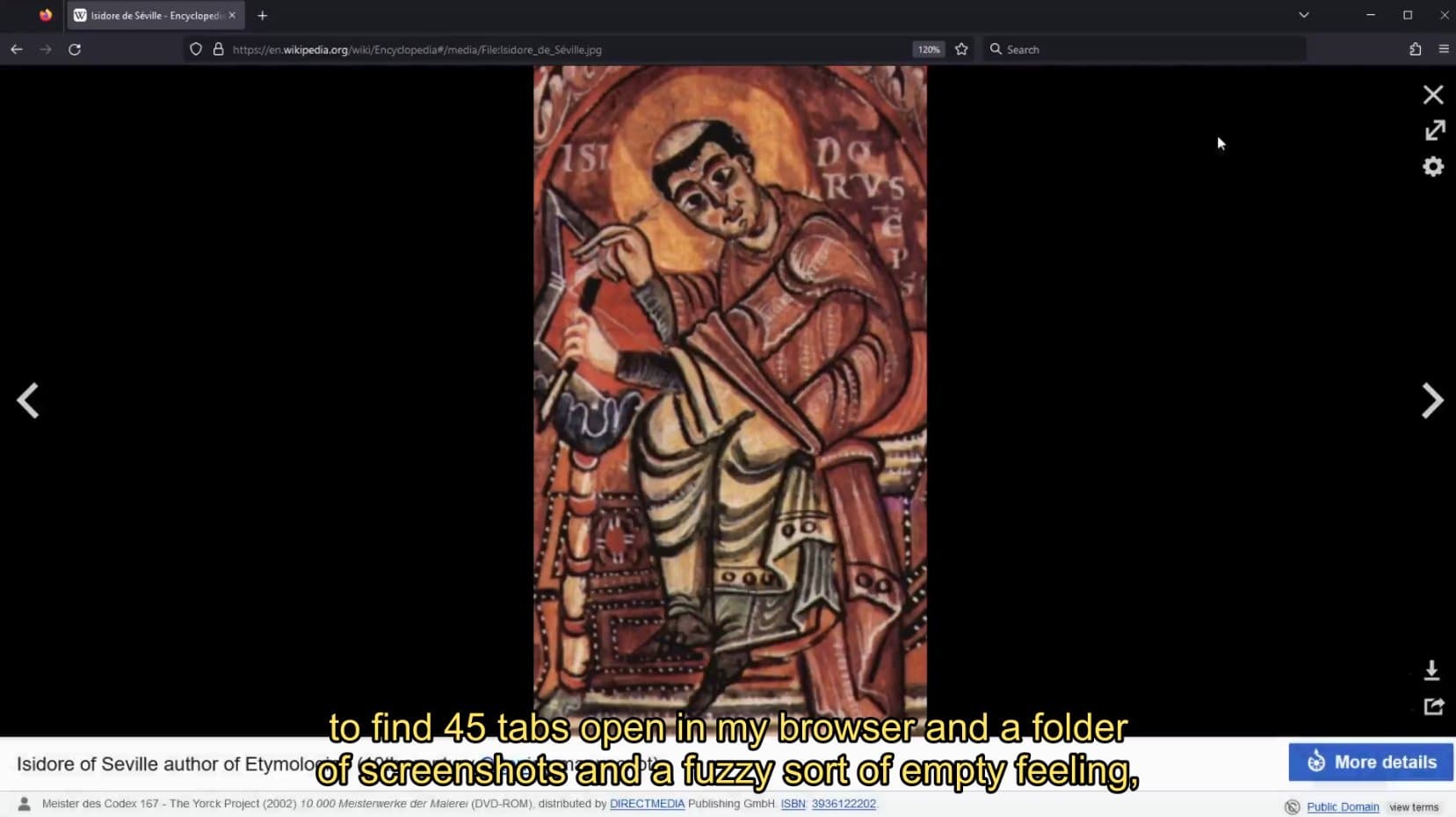
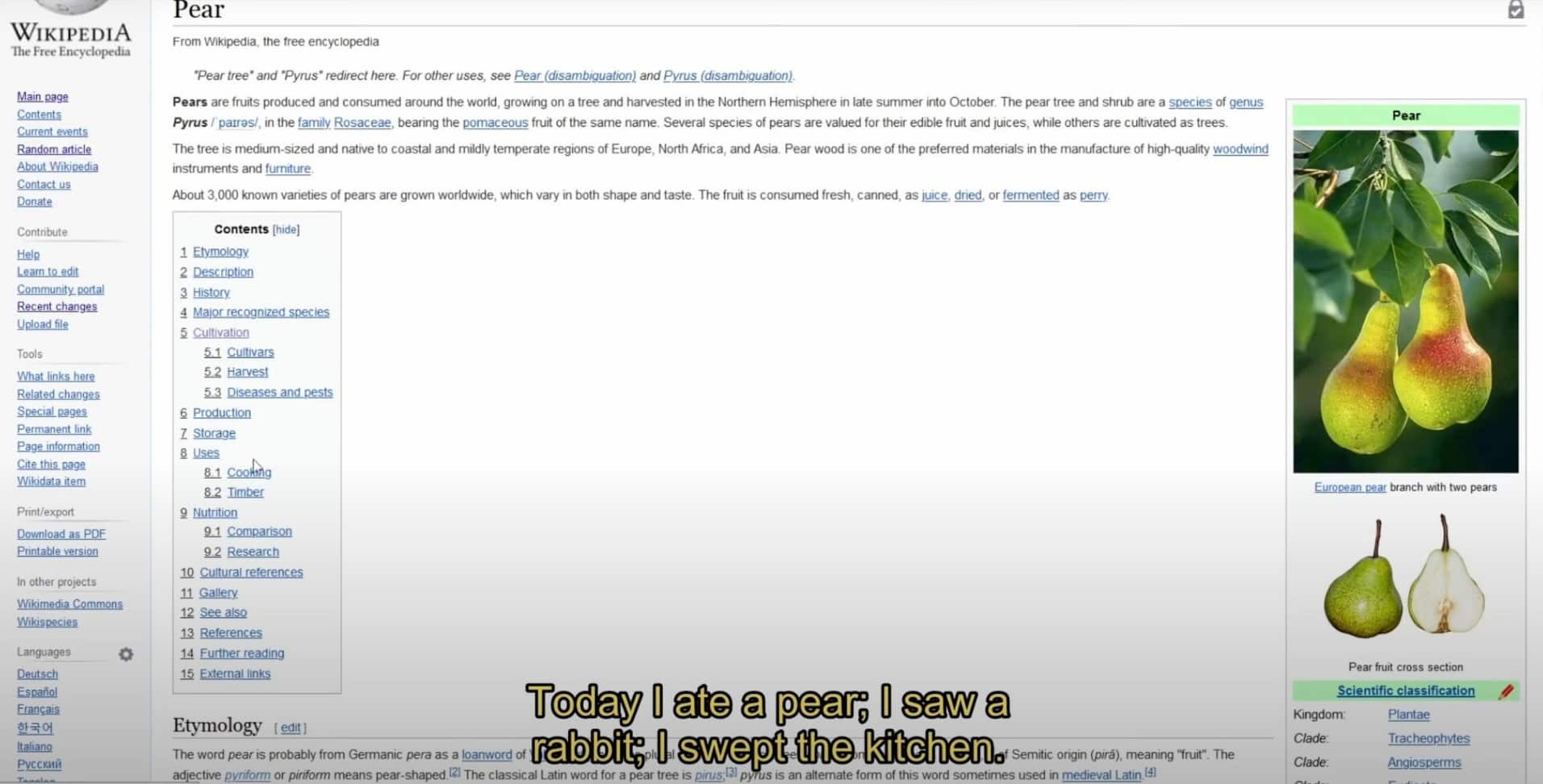
Sungrazer (2023) Visual Essay by Everest Pipkin
Broader Questions
How do we perceive information in the digital age? How does it affect our perception of time? Time in the digital age is multi-temporal. Our daily interaction with technology has influenced our perception of time (Barker 162). As we are exposed to a vast amount of information in this digital age, how do we remember when technology never lets us forget?
Sungrazer
I came upon a video art project by Everest Pipkin: Sungrazer. Based on the concept of Wikipedia racing, Sungrazer is a "walk" through the connective tissue of Wikipedia. It questions the function of memory and remembrance on a collectively edited internet. As links were clicked from page to page, the concept drifted from topic to topic. I found it interesting how there is a connection of ideas, times, and experiences through the "walk" as if they were going through fragments of memory.
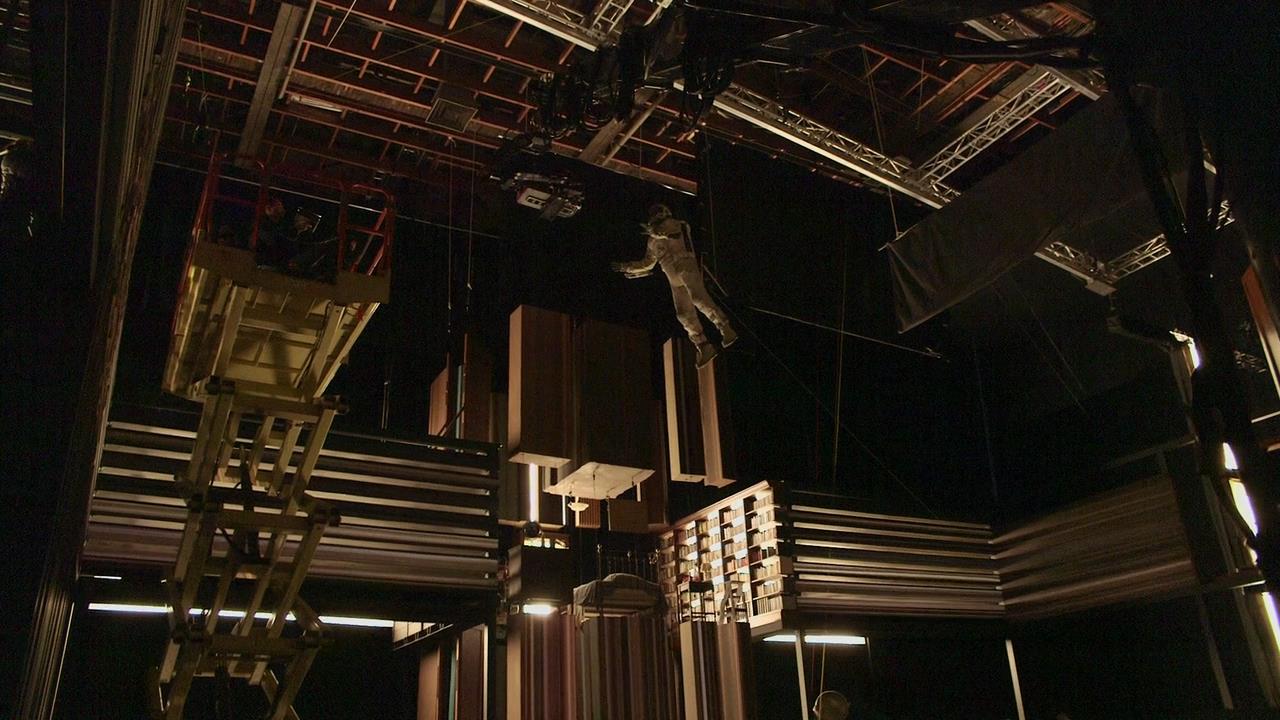
An image of the Tesseract from Interstellar (2014)
Time in the Digital Age
The project led me to think about the internet networks, and how our connections with time and space in the internet are like digital wormholes: we can go through links with just a click, like jumping through portals. We can be anywhere and any place at the same time.
So a week before school started, I spent my time finding references: readings and projects that I have found interesting that talk about memory or any aspects that are relevant to time and experience in the digital age.
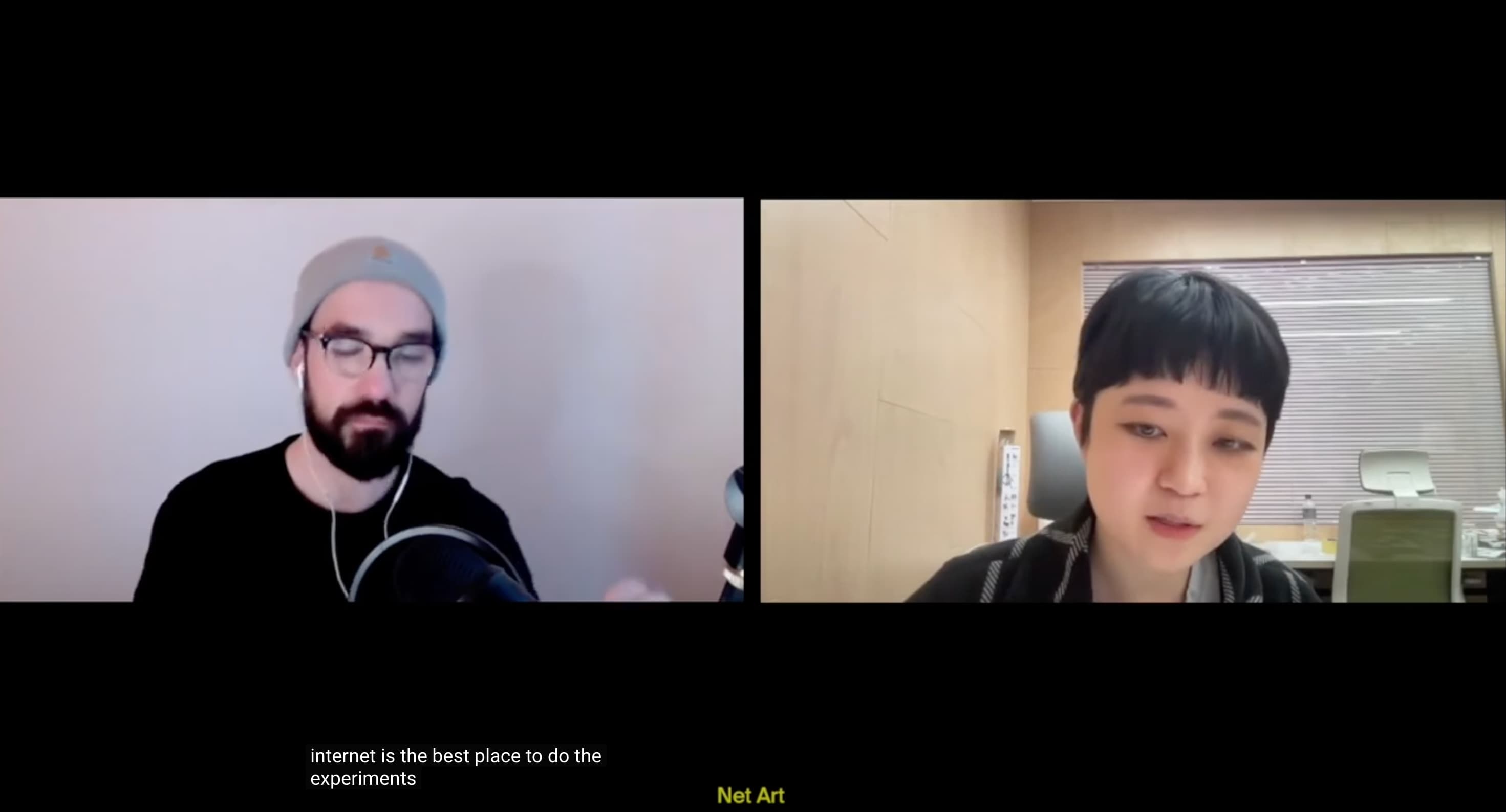
001: A conversation with Yehwan Song The Internet is the best place to do experiments
I came upon an internet artist, Yehwan Song, who made me realize the different possibilities of technology. A short introduction about Yehwan Song: she called herself an anti-user friendly designer. She believes that technology itself has so much to offer beyond efficiency. I found her vision inspiring as it made me think about my research indirectly; instead of trying to annotate a negative aspect of technology like criticizing its functions, like "remembering through screens is wrong", why not focus on reflecting on what makes remembering and forgetting important to us with technology?
Ended with more questions and confusion...
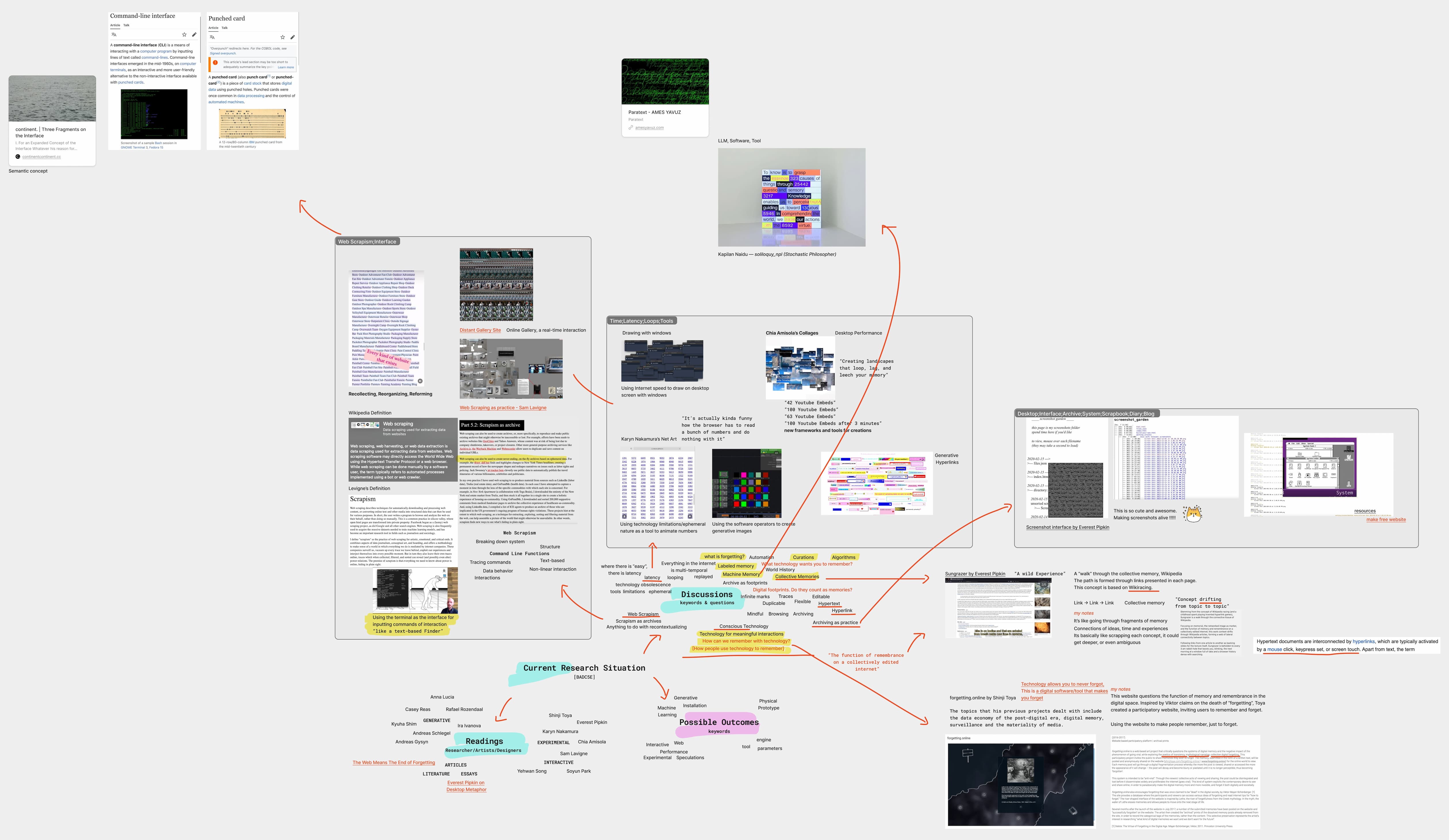
The good news was I ended the break with more readings and references. However, the bad news was I had no idea where this was going at all...there were so many options and possibilities, and I felt excited yet lost at the same time. Nevertheless, I thought to myself, if I already had this much investment towards it, I believe that it was a good start. My next plan was to narrow down these piles of thoughts, and figure out what I'm really interested in, and what I want to do for future plans before the upcoming presentation.
Small CaseStudies
Here are some references I thought were interesting in relation to the topic of memory and the digital age:
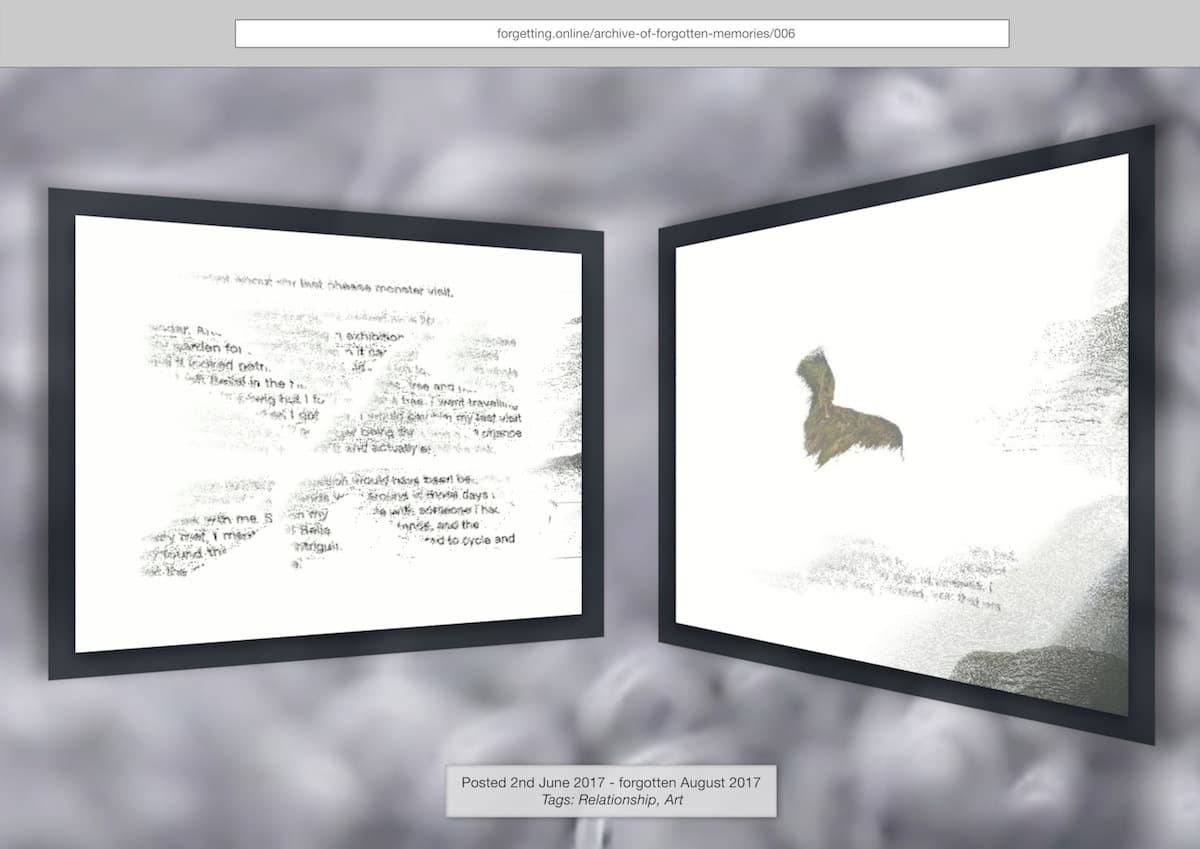
[1]
[2]
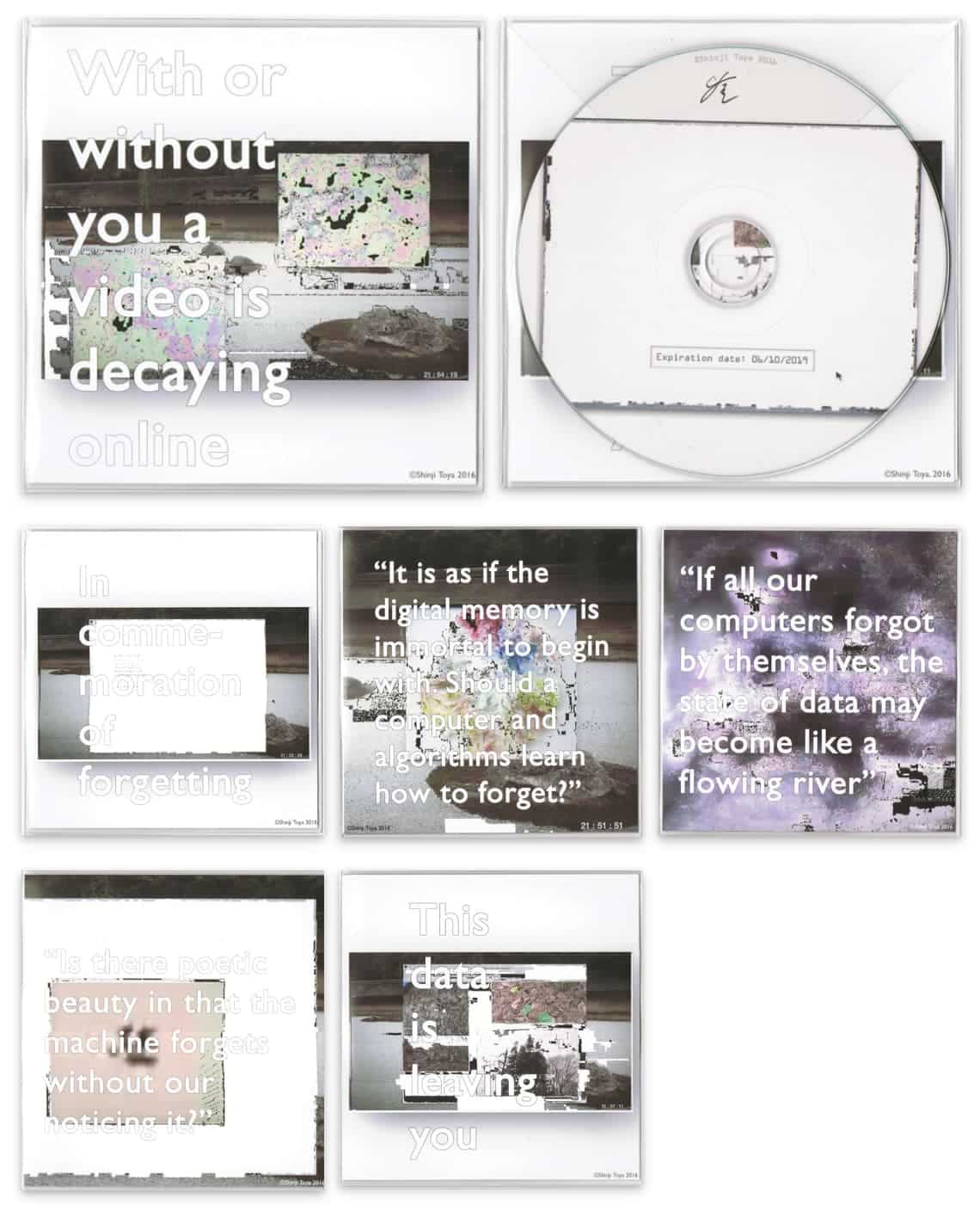
[3]
[1] Forgetting.Online Web-art by Shinji Toya
[2] Is There Beauty in Forgetting? Videos by Shinji Toya
[3] 3 Months and 6 Years of Digital Decay CD-R: material, offline index of the website art by Shinji Toya
The Web as a Memory Space
Intrigued by our mundane interactions with the computer desktop and internet as a space. Collections (or series) that critically questions the systems of digital memory and the negative impact of the phenomenon of going viral. Forgetting.Online is a web-art participatory project that invites participants to upload a post of a memory they want to forget. As the post got more views and clicks from other participants, the post decays. The other projects, related to this website speculate narratives about the possibilities of beauty of forgetting in the digital age.
I found it interesting how he tries to portray the decay of memory through different symbols like deterioration, disappearance, compressions, imaginative and forgetful algorithms.
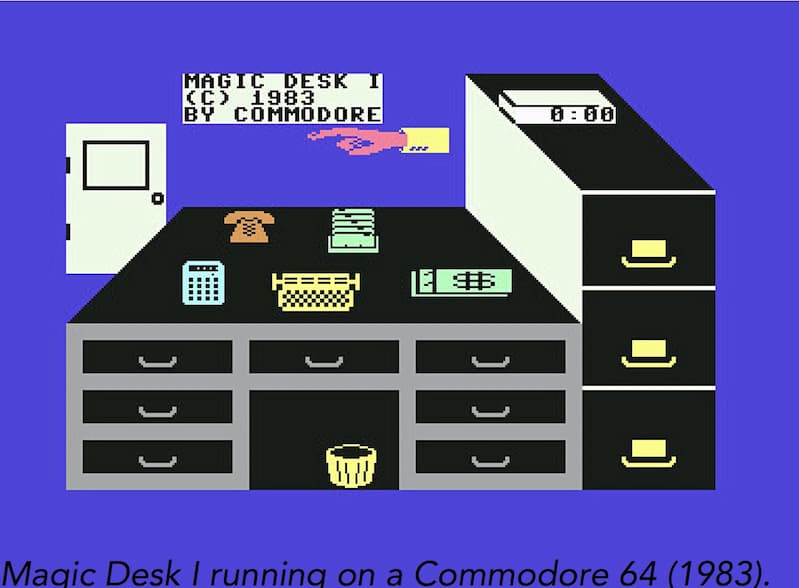
The Desktop Metaphor by Everest Pipkin
Magic Desk I Graphical User Interface
The Desktop Metaphor by Everest Pipkin
This may not be related to digital memories but I found the essay interesting how the desktop was a representation of the physical world. In this essay, Pipkin examines the visual representations of desktop in the early days (1980-1995), where folders were used to be displayed as drawers, programs as tools, and projects as files. This choice of visual representations acts as a metaphor for the user revolution. The desktop acts as a personal space where you can build your own "system".
In this context, the system is our organized space, and we are using that space to store our data. This involves curating our own system and experience of using that system. For me, the desktop shows intimate interactions with the computer, it constitutes our works, processes, and interactions.
Screenshot Garden Webspace by Everest Pipkin
Screenshot Garden by Everest Pipkin
The Screenshot Garden is a handmade place on the internet for her screenshots to live. This site just feels personal, like a digital diary and garden to plant your screenshots (I have the habit of screenshotting alot of stuff, and often they get buried in my gallery, it’s a good idea to make a space for your screenshot archives to keep it alive). Although, It grows collectively, not sequentially.
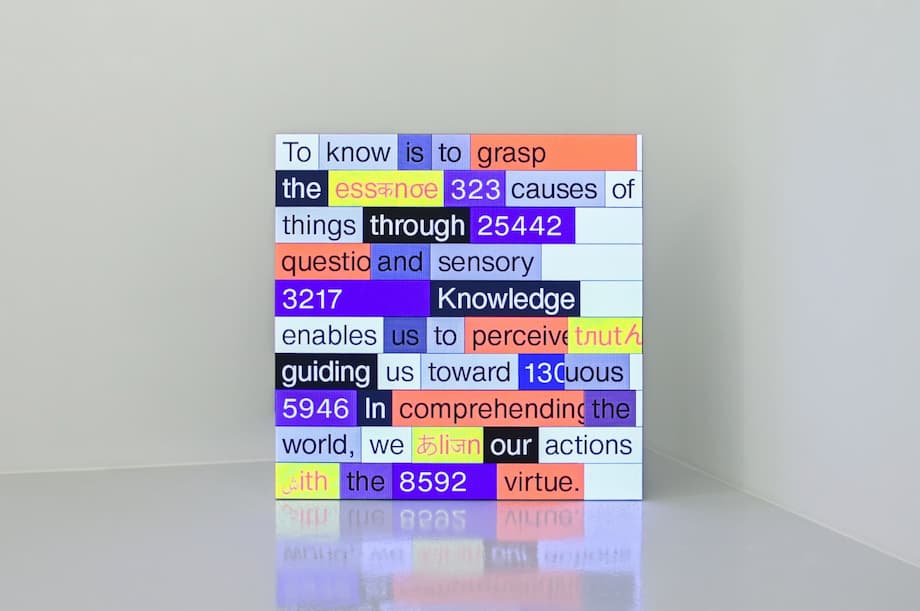
soliloquy_nlp (Stochastic Philosopher) LED Screen Displayed by Kapilan Naidu
Machine learning in interpreting texts and images
Intrigued by how machine adapts through learning and understanding (a mirror of the human brain), poetic machine working with their “knowledge”, and what we can also call “memory”.
Naidu’s stochastic philosopher reflects on the nature of LLMs. Through custome software, it is designed to generate language through probability, predicting the next word in sequence. Its like building a sentence but also not building a sentence as the machine doesn't really "understand" what's going on. Theres abstraction coming from the machine, like it is creating its own poetry from its limited understanding.
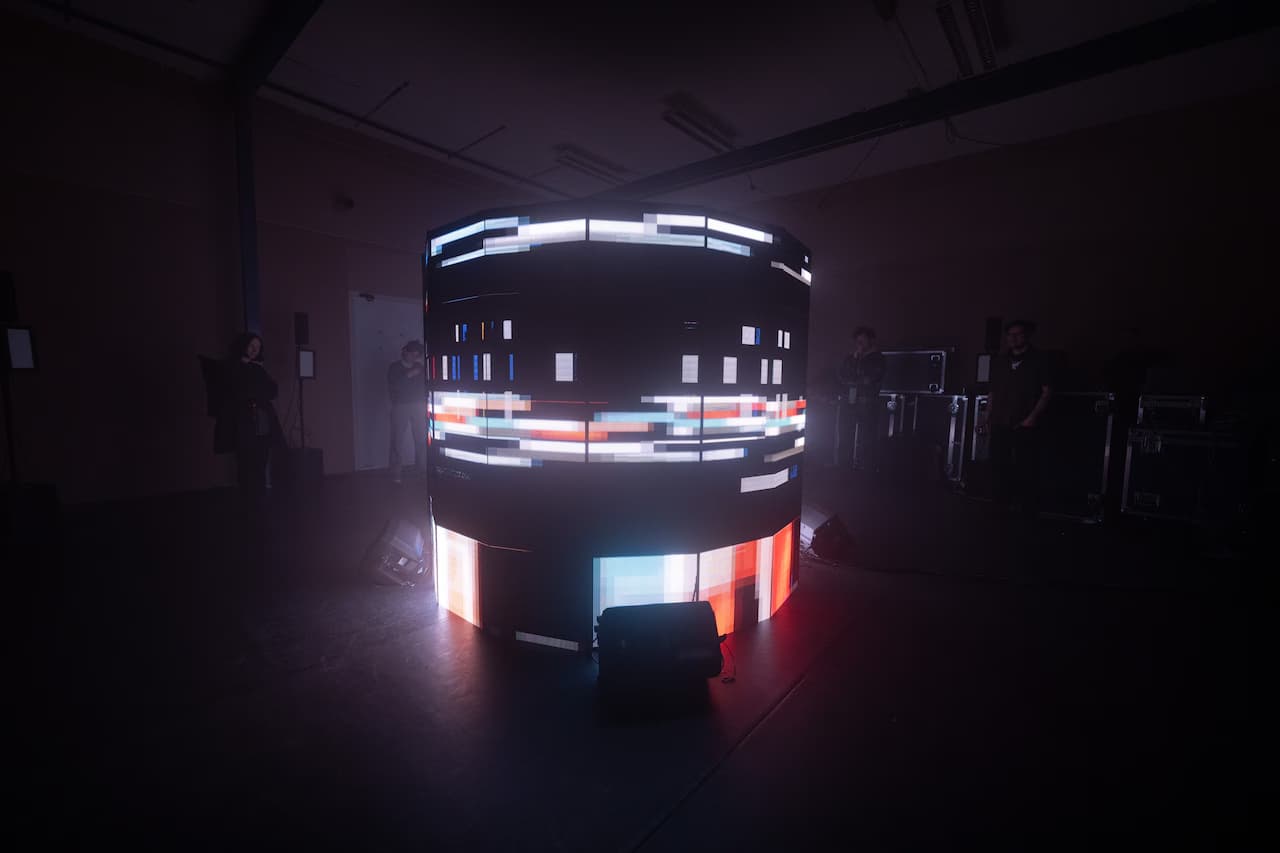
To Be Continued Installation by Studio Moniker
To Be Continued by Studio Moniker
An installation where technology takes the center stage, acting as the main "actor”.
It looks at how our fast-paced digital world changes how we think about time. Before the show, a Telegram bot interacts with the audience, asking about their views on time. They then guide them into and through the show. During the performance, the bot transform into abstraction, using sounds and visual to explore the connection between people, technology, and time, focusing on the present moment. Although this project doesn't really relate to the topic of memory, I believe that it could be a good representation of how human and machine interacts in a more poetic way.
I started creating my repository on the spreadsheet, see my reading list consisting of literatures, projects, and other references.
Change of Direction
After researching through these references and finding more literature along the way, I think my interest lies in machine learning models. This is another whole perspective to the topic of memory in the digital age, but I feel like it would be more interesting to explore the area of how machines ‘think’ and its "memory".
Can we make machine learning interpretable? An interesting part about a machine learning model is that it is basically trained to become a mirror of the human brain, but it doesn’t forget. How do we as artists and designers act upon the development of these adaptive machines?
Although I didn’t have a concrete connection on memory and machine learning yet, I am interested to learn more about machine learning models, such as, LLM and Transformers model like ChatGPT. Furthermore, I believe that poetry would be something interesting to look into as well. The reason for this is because they hold feelings and act as abstractions. Similarly to memory, we rarely remember things as an accurate movie, but rather as colors, words, feelings and snippets.
References
—-Barker, Timothy Scott. Time and the Digital: Connecting Technology, Aesthetics, and a Process Philosophy of Time. Hanover, N.H., Dartmouth College Press, 2012 —-"Sungrazer." YouTube, uploaded by Everest Pipkin, 30 Mar. 2023, https://youtu.be/9cyOXboiGpE. —-Pipkin, Everest. "This Is Not My Beautiful House: Examining the Desktop Metaphor, 1980-1995." Continent, vol. 8, no. 1/2, 2019, https://continentcontinent.cc/archives/issues/issue-8-1-2-2019/this-is-not-my-beautiful-house-examining-the-desktop-metaphor-1980-1995.